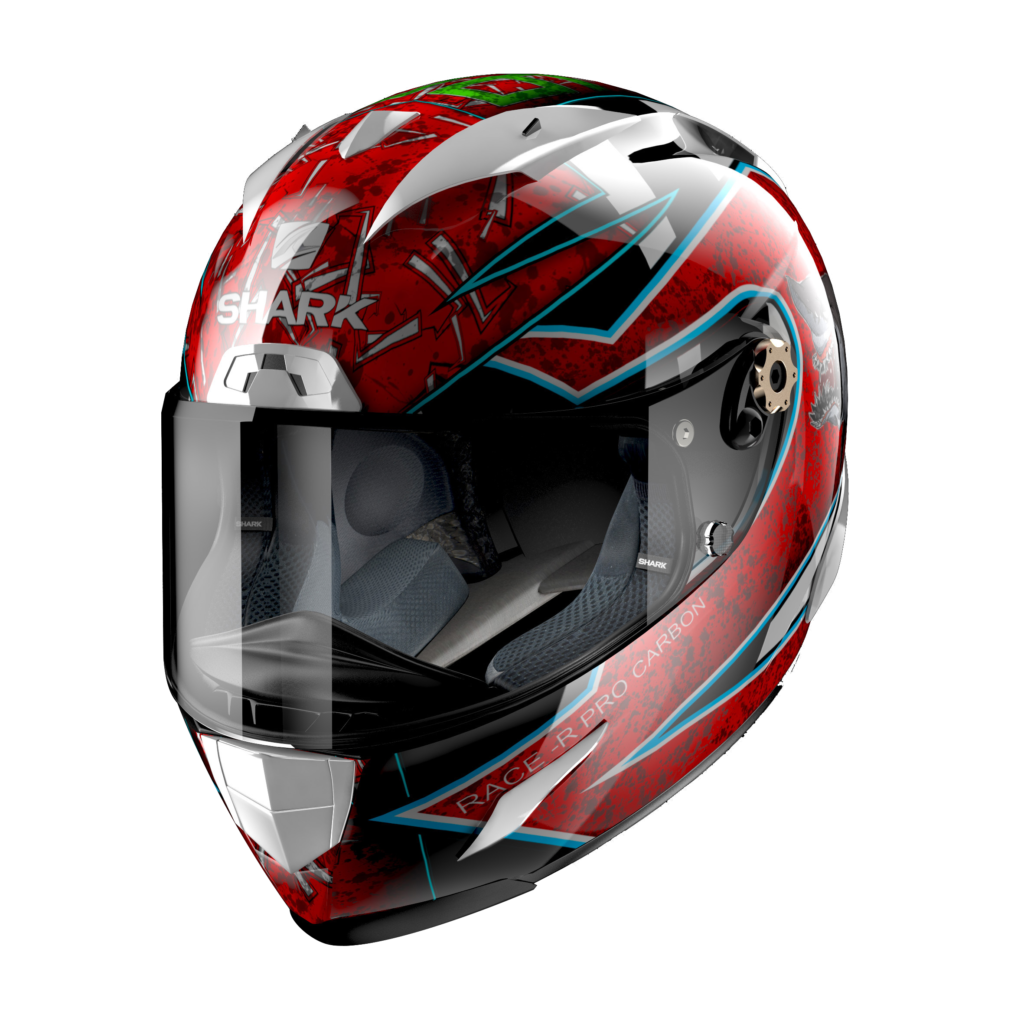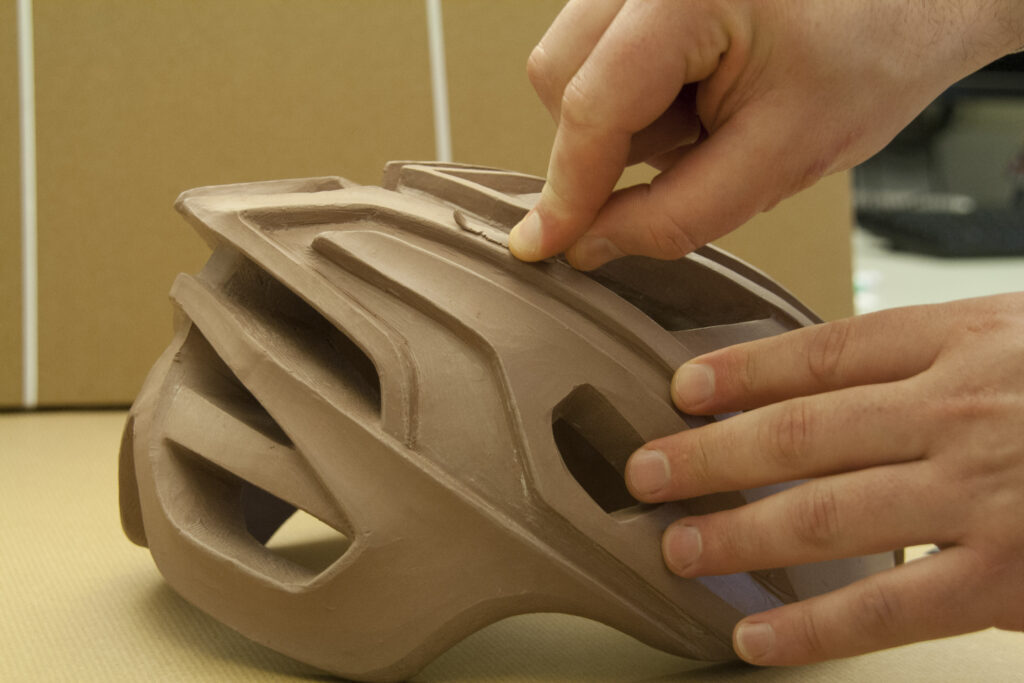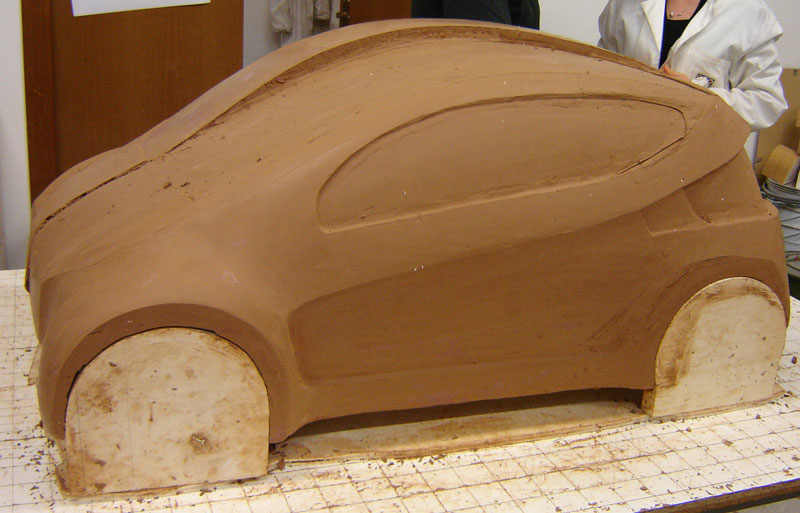Shark Race R
This helmets is been selected in 2012 to be integrated as reference to describe all the features of AMP Viewer.
I did the retopology from a 3D scan file of the shell, then I made the UV of all components to easy apply all kind of textures I wanted.
The quality of shading depends by the Lights and the shader setting, a deep knowledge of those factors are very important to realize real picture.
The model includes also some animation such the open visor, the explosion to see all the components and a quick gesture to change the colors.
All the interiors are been covered with texture scans obtained by real samples.
The final resault is a picture that appears like what you see behind a glass of a real shop.









Clay model of a bicicle helmet
Create a new model is very fun even it can be a very dirty job.
I use a support called ” dummy heads” to apply the first layers of clay on it, then I add mmore material on the zones it need more volume.
In all direction I check the correct shape using some tools that I have to build specially for a new project.
Clay is an artificial material that can be cutted or added just warming it with a hot gun or a hoven. The density change and the warm make it so soft that it’s easy to apply new layers on the base.
With sculture tools I make the shell smoothed and I clean it as best as possible to obtain a good 3D scan.
Who think that this step is not necessary anymore is just too focus on it’s budget and doesn’t care at the importance to respect the creative steps order.
First I start from a 2D sketch series of the same model, I sue them just for references because they are not a project yet.
Modelling with Clay let change something from the sketch, this is due to the fact that 2D sketch is the stp 1, clay modelling is the step 2, so the gerarchy ideal is clear and it means that clay model can change something from the original idea.
Simmetry, thickness and structure of the shell are designed respecting the actual homologation rules.






